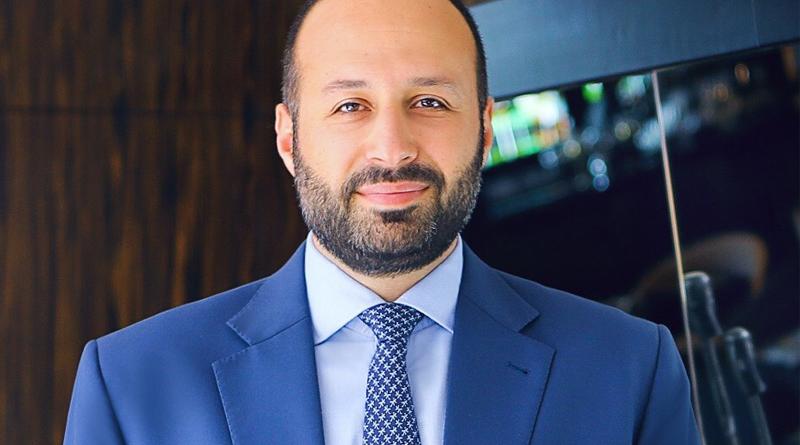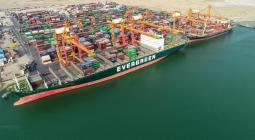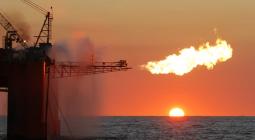Powering a sustainable post-COVID-19 world.

William Tohmé, senior regional head for CFA Institute MENA looks at how GCC countries can move forward towards a future that works for everyone.
In just a few months, COVID-19 has necessitated previously unimaginable restrictions on our freedoms and way of life.
As a result of the global lockdowns in place, CO2 emissions have fallen by as much as 17%. Over the course of the year, the International Energy Agency expects this to translate into a drop of 8% in industrial greenhouse-gas emissions versus 2019.
However, as the drop is due to the near-total cessation of business and social activity, it does not represent the more sustainable future that we need to build.
Additionally, the pandemic has caused too much destruction, social and economic, to be viewed as any kind of blessing in disguise.
That is not to say however that we can’t take valuable lessons from it.
COVID-19 illustrates both the consequences of failing to move towards more sustainable economies—a small increase in air pollution has been associated with an 8% increase in the mortality rate from the virus —, and the scale of the systemic transformation needed to limit the temperature increase to 1.5 degrees above pre-industrial levels as per the 2015 Paris Agreement.
For a maximum temperature increase of 1.5 degrees above pre-industrial levels to be achieved, the United Nations Environment Program has stated that CO2 emissions need to drop 7.6% every year until 2030.
As we emerge from the immediate health crisis, transforming our energy systems will be more effective than adapting to the financial and social consequences of extreme weather further down the line.
Intertwined Issues
The World Bank has called COVID-19 “the most adverse peacetime shock to the global economy in a century” and has forecast the global economy will shrink by 5.2% this year.
As we face the intertwined headwinds of a prolonged global recession and oil price fluctuations, it is an opportune time to bolster renewable infrastructure, providing as it will a fillip to public sector jobs.
Indeed, the International Renewable Energy Agency believes that renewable investment could power recovery with global GDP gains of $98tn between now and 2050.
The UAE is well placed to capitalise on the trend as the region is already at the forefront of the move towards sustainable energy.
Dubai aims to derive 75% of its energy from clean sources by 2050. 10% of all citizens’ homes have been energy sufficient since the end of 2019 after the government installed photovoltaic solar panels, power-saving lights and water-savers to rationalise the use of electricity and water.
Saudi Arabia is also diversifying its energy sources under the aegis of its National Renewable Energy Program as part of the kingdom’s Vision 2030.
By building on the steps already taken and committing to a “green” recovery plan that prioritises the bolstering of sustainable energies, for example by constructing a comprehensive network of car charging facilities and more nuclear power plants to underpin the supply of renewable power, we would go a long way towards fulfilling our sustainable energy goals and bolstering the economy.
While working to form the United Nations after World War II, Winston Churchill famously said to never let a crisis go to waste.
If we apply the same dictum to the global health crisis, we may be able to pluck something of lasting value from the ravages of the pandemic and accelerate the transition towards a future that priorities the wellbeing of the planet and its people. We owe no less to future generations.
11 August 2020
Construction Week




